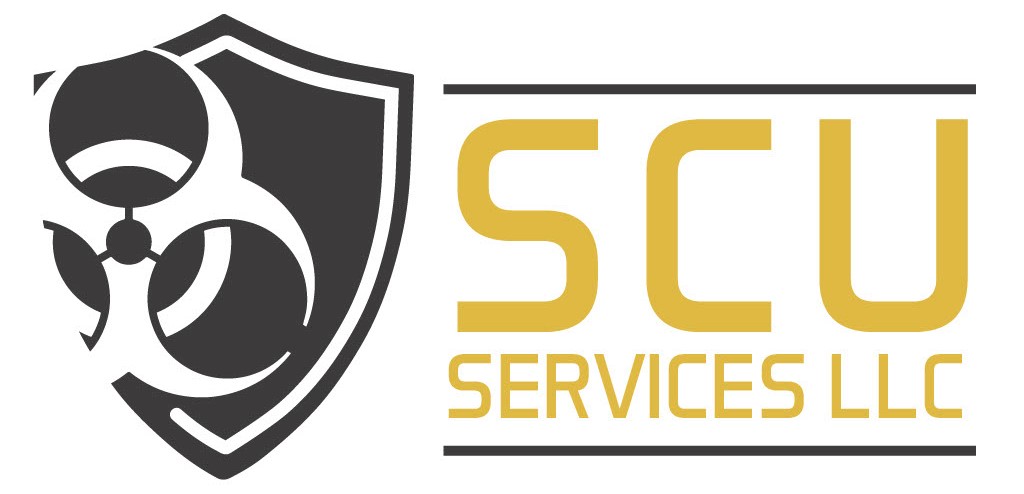When tragedy strikes, the effects can be overwhelming. For death and trauma cleanup companies, one of the most challenging aspects of their work is dealing with the lingering odors that can serve as constant reminders of the traumatic events that occurred. In this blog, we will explore the importance of odor elimination and discuss some effective methods used to clear the air.
Understanding the Impact of Odors
Odors resulting from traumatic events, such as unattended deaths, suicides, homicides, or accidents, can be extremely distressing and persistent. These odors are often a mixture of bodily fluids, decomposition gasses, and other biological materials, and they have the potential to penetrate porous surfaces, making them difficult to remove without professional intervention.
The smell of death can have profound psychological and emotional effects on the individuals involved, including family members, friends, and property owners. It can trigger anxiety, depression, and post-traumatic stress disorder (PTSD), making it essential to address these odors promptly and thoroughly.
Importance of Professional Odor Elimination
Death and trauma cleanup professionals are well-trained in handling these sensitive situations. Their expertise extends beyond the removal of biohazardous materials to include effective odor elimination. Here are some key reasons why professional assistance is crucial:
- Health and Safety: Lingering odors can carry harmful pathogens and bacteria, posing serious health risks. Professionals have the necessary personal protective equipment (PPE) and chemicals to safely eliminate these hazards.
- Thoroughness: Professionals have the knowledge and tools to identify and eliminate odors at their source, ensuring a more thorough cleanup process.
- Emotional Support: Trauma cleanup professionals understand the emotional toll these situations can take on individuals. Their compassionate approach helps ease the burden on affected parties.
Effective Odor Elimination Methods
Trauma cleanup companies employ various methods to effectively eliminate odors. Here are some of the most common techniques:
- Cleaning and Disinfection: Thorough cleaning and disinfection of affected areas is the first step in odor removal. Professionals use specialized cleaning agents to neutralize bacteria and pathogens that contribute to the odor.
- Ozone Treatment: Ozone generators release ozone gas into the affected space, breaking down odor molecules and neutralizing them. Ozone treatment is effective but should be performed by trained technicians, as ozone can be harmful and deadly if not used correctly.
- Thermal Fogging: This method involves the use of thermal fogging machines to disperse a deodorizing solution as a fog or mist. The tiny particles penetrate porous surfaces and neutralize odors at their source. This is a very effective method in dealing with odor.
- Air Purification: High-efficiency particulate air (HEPA) filters and air scrubbers are used to clean and purify the air, removing odor particles and contaminants.
- Encapsulation: Specialized sealants are applied to surfaces to encapsulate odor molecules and prevent them from re-emerging.
Conclusion
Odor elimination is a critical aspect of death and trauma cleanup and requires a variety of methods to ensure that the odor is remediated completely. If you need assistance with an issue in your property, give us a call and we would love to serve you.
